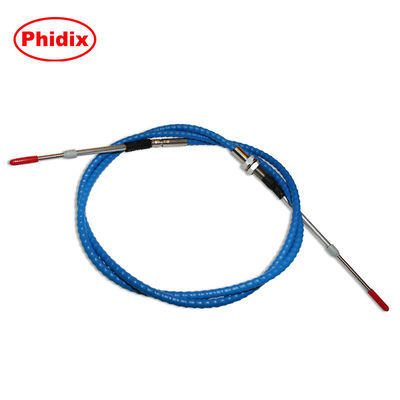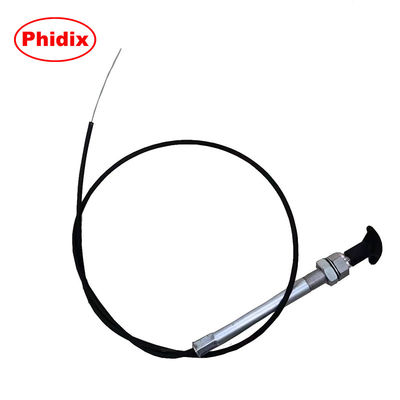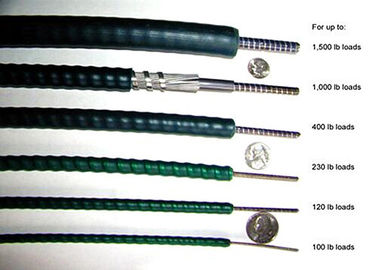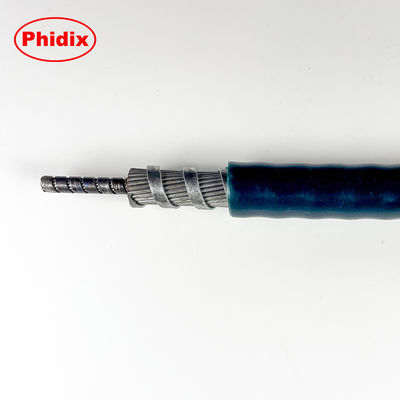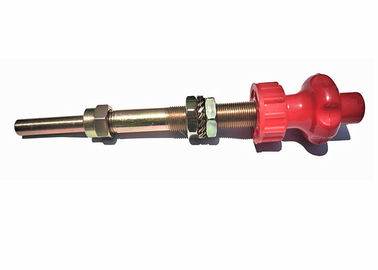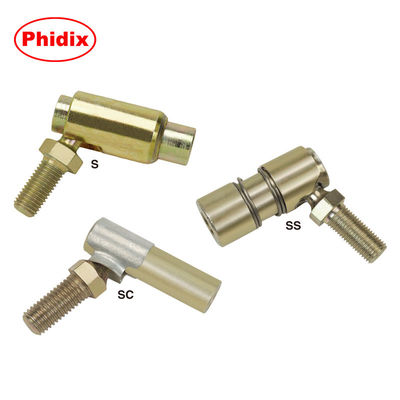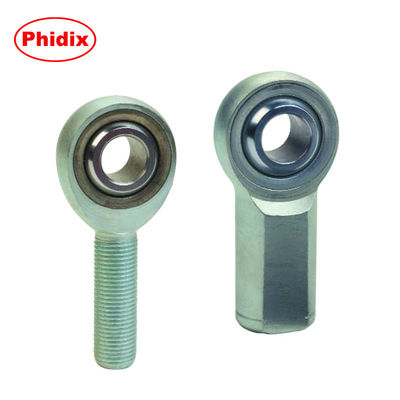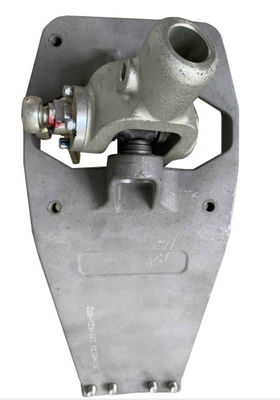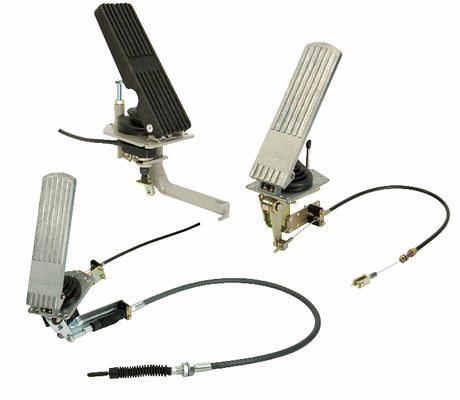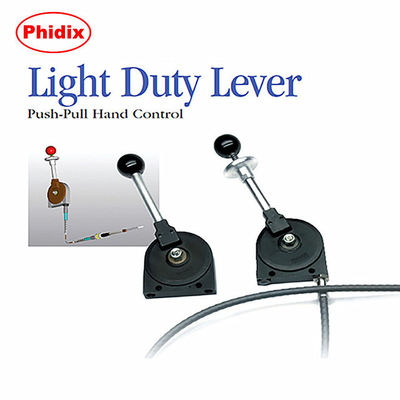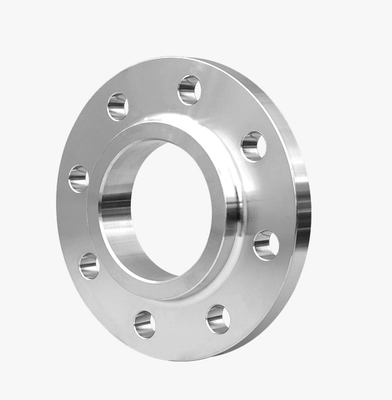"It’s just a pull, right?" Not quite.
When you look at the surface, pull-only cables might seem interchangeable.
They’re all meant to control something—release a brake, open a throttle, engage a clutch. You pull one end, something moves on the other.
Simple? Yes.
Identical? Absolutely not.
In real-world engineering, the cable you choose has everything to do with what it's controlling, where it's used, and how it's expected to behave.
Let’s walk through four of our own pull-only cable series—and the roles they’re each built for.
① T-Flex: The Versatile Everyday Player
Need something that gets the job done without burning the budget?
T-Flex is your go-to.
• Designed for light-duty mechanical control—manual throttles, compartment latches, battery disconnects.
• Highly flexible, easy to route in tight spaces or retrofitted panels.
• Offers good pull strength (~1000 kg) for basic actuation tasks.
• Works well in indoor or enclosed environments, not extreme exposure.
Typical use cases:
• Small machinery panel controls
• Light equipment overrides
• Agricultural or logistics systems where space is tight and action is simple
Explore T-Flex cable specs >>
② Brake Series: When Safety Can’t Be a Maybe
Brake cables aren’t about comfort—they’re about control under load.
• Handles higher tension (1500–3000 lb), perfect for mechanical brake release, parking locks, or emergency stop systems.
• Typically includes rigid conduit, low stretch, strong return feel.
• Often used in outdoor or trailer-based setups—built to hold and release consistently.
Typical use cases:
• Trailer parking brakes
• Manual battery disconnects in mobile equipment
• Forklifts, utility carts, or tow vehicles
View Brake Cable series >>
③ Tension Cable: When the Pull Needs to Keep Pulling
This one’s a little different.
Tension-style cables are made for pull-activated systems that stay under load—like kill switches, fuel cutoffs, or winch triggers.
• Often includes spring-loaded core, smoother pull feel
• Works well in emergency shutdown applications
• Designed to maintain consistent tension without sag or lag
Typical use cases:
• Engine shutdown cables
• Remote control of pressure relief or shutoff valves
• Drag winch or clutch decoupling systems
Check out the Tension Cable spec sheet >>
④ Clutch Series: Built for Mechanical Feedback and Precision
Clutch control isn’t just “pull-and-done.” It’s about repeatability, tactile feel, and safe disengagement under stress.
• Designed for use in commercial vehicles, buses, off-road machines
• Includes dust boots, swivel ends, precision terminals
• Built to handle the back-and-forth abuse of driver actuation or shifting
Typical use cases:
• Truck/bus mechanical clutch systems
• Operator-actuated linkages for plows, spreaders, or loaders
• Industrial equipment needing clean disengage/re-engage cycles
See Clutch Series options >>
Same Motion, Different Mission
Pull-only control may seem like a simple action—but what you’re pulling, how often, under what conditions, and with what kind of feedback… those make all the difference.
If you’ve been using “whatever’s cheapest,” it might be time to rethink.
Choosing the right cable is less about price, and more about purpose.
Still unsure? Drop us a message—we'll help you match the pull to the problem.

 Your message must be between 20-3,000 characters!
Your message must be between 20-3,000 characters! Please check your E-mail!
Please check your E-mail!  Your message must be between 20-3,000 characters!
Your message must be between 20-3,000 characters! Please check your E-mail!
Please check your E-mail! 
